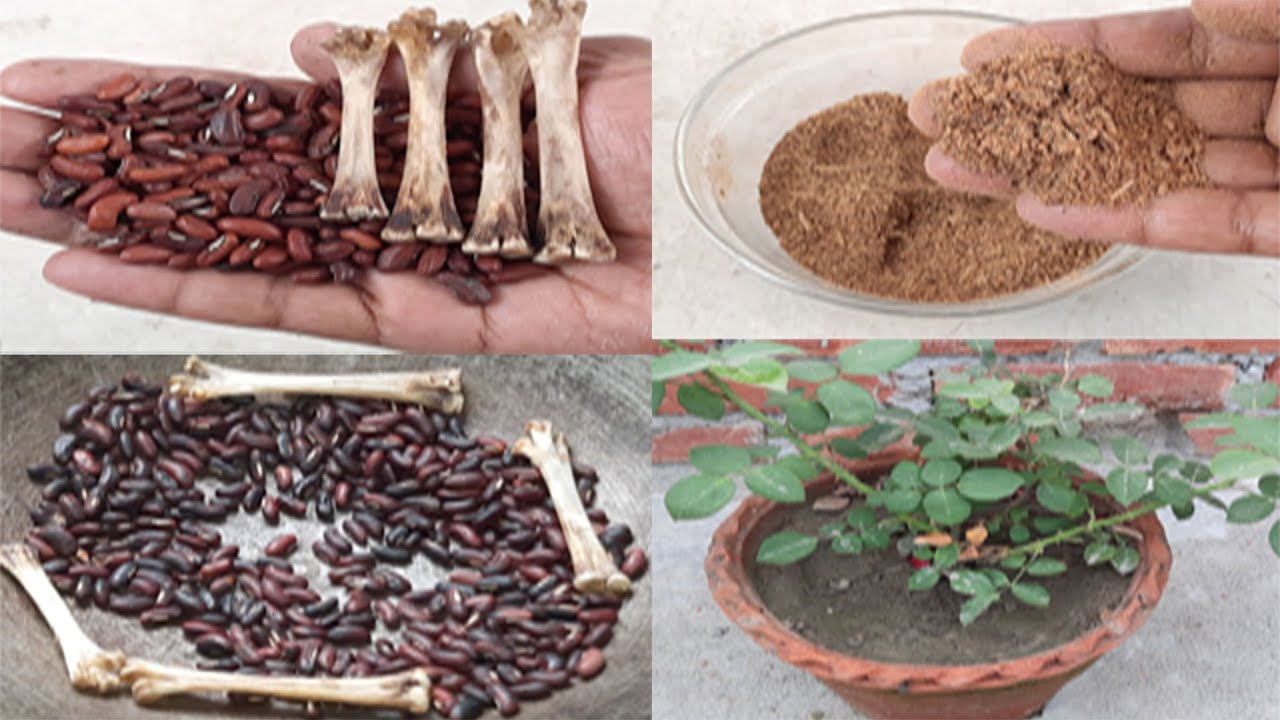When it comes to fertilizing roses, bone meal is often touted as an essential addition. The advice to toss some bone meal in the planting hole is commonly given to new rose gardeners But what exactly is bone meal, and is it really beneficial for roses? Let’s take a closer look at the science behind using bone meal for roses
What is Bone Meal?
Bone meal is a granular, powdery organic fertilizer made from ground animal bones It can be derived from cattle, pigs, chickens or other livestock sources. The bones are crushed, steamed, and thermally processed to sanitize them before being pulverized into a meal
The resulting material is rich in phosphorus and calcium. Bone meal typically contains around 12-16% phosphorus and 20-24% calcium. It also provides smaller amounts of nitrogen and potassium.
Why Do People Recommend Bone Meal for Roses?
There are a couple reasons bone meal has traditionally been touted as a fertilizer roses love:
-
Roses need phosphorus for root, stem, and flower development. Bone meal is a highly concentrated source of this nutrient.
-
Phosphorus doesn’t travel far in soil. Applying bone meal in the planting hole puts phosphorus right where roses can access it.
-
The calcium in bone meal helps roses utilize nutrients and prevents deficiency issues like blossom end rot
-
As an organic fertilizer, bone meal improves soil structure and feeds soil microbes.
When and How Should You Apply Bone Meal?
Here are some tips on using bone meal for roses:
-
Apply 1-2 cups per large rose bush in the bottom of planting holes before transplanting new roses.
-
Side dress established roses in early spring by raking back soil and sprinkling 1/4 cup per plant around drip lines or bases, then water in.
-
Mix bone meal into potting soil blends at a rate of 1-2 tablespoons per gallon of soil.
-
Use no more than 1 lb per 100 square feet when broadcasting bone meal over gardens.
-
Lightly work bone meal into the top few inches of soil, taking care not to damage rose roots.
-
Supplement bone meal with high-nitrogen fertilizers to balance the low N-P-K ratio.
-
Reapply bone meal every 2-3 months through the growing season to provide a steady phosphorus supply.
Are There Any Downsides to Using Bone Meal?
While bone meal offers benefits, there are a few potential drawbacks:
-
It provides only phosphorus and calcium, lacking the complete nutrition roses need.
-
Overapplying can elevate soil phosphorus to excessive levels.
-
Its alkaline pH can raise soil pH over time, potentially inhibiting nutrient absorption.
-
It releases phosphorus slowly, requiring reapplication to sustain effects.
-
Dust from bone meal can irritate lungs, so wearing a mask during application is advised.
The Bottom Line: Do Roses Like Bone Meal?
In short, bone meal can be a helpful addition when used properly to supplement a balanced rose fertilizer program. While roses do appreciate the phosphorus in bone meal, it shouldn’t be relied on as the sole fertilizer. Pair bone meal with organic options like compost, worm castings, alfalfa meal and fish emulsion to provide a diverse diet.
Bone meal is best applied sparingly at planting time and the start of each growing season. Test soil periodically to ensure phosphorus isn’t building up excessively. With a thoughtful integrated approach, bone meal can be a valuable asset in your rose garden!
RosesLearn about growing roses in your own garden
Photo by: VH-studio / Shutterstock
To perform their best, roses need a continuous source of nutrients throughout the growing season. Healthy roses not only bloom better, they are better able to withstand insect and disease problems.
There are lots of different fertilizers out there, so it can be hard to figure out when and how to feed your roses. Here’s what you need to know to get the most out of your roses.
NUTRIENTS THAT ROSES NEED
The primary nutrients (macronutrients) that all plants need are nitrogen (N), phosphorus (P) and potassium (K).
Nitrogen encourages healthy, vigorous leaf growth. Since a rose’s ability to make flowers resides in its leaves, healthy foliage results in more flowers. Too much nitrogen will cause too much foliage and not enough flowers. Not enough nitrogen will cause yellow leaves, slow growth, and smaller flowers.
Phosphorus promotes healthy root development and abundant flower production. A shortage of phosphorous can result in leaf drop, weak flower stems, and buds that won’t open.
Potassium, which is also called potash, helps roses recover after being hurt by bugs, diseases, or strange weather. Lack of potassium can result in yellow leaf margins, weak flower stems and poorly developed buds.
Roses also need micronutrients like calcium, magnesium, sulfur, boron, copper, iron, manganese, and zinc in order to grow well.
5 Magical Benefits Of Using Bone Meal Powder For Rose Plant..!
FAQ
When should I use bone meal on roses?
What is the best fertilizer for roses?
Can you put bone meal on top of soil?
What are the disadvantages of bone meal?
- The Ultimate Guide to Growing Strawberries in Raised Beds - August 8, 2025
- No-Dig Garden Beds: The Easiest Way to Grow a Beautiful Garden - August 6, 2025
- How to Protect and Preserve Wood for Raised Garden Beds - August 6, 2025

